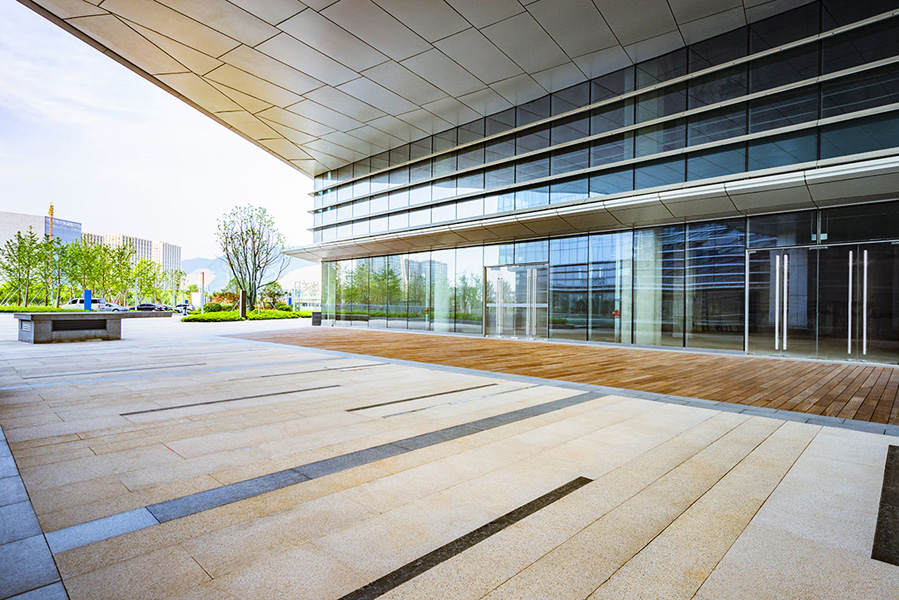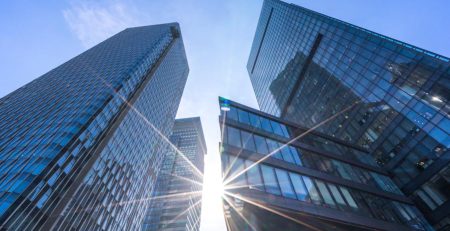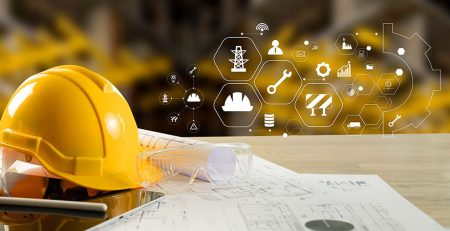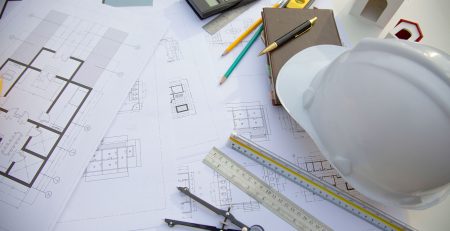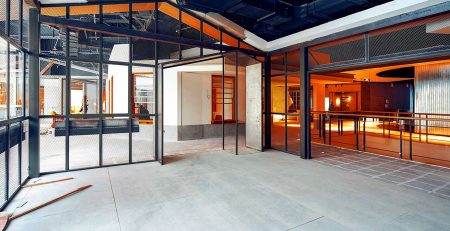What’s Next for Construction? Predicting Future Building Trends
Look up at any city skyline, and you’ll see more than just buildings. You’re witnessing the physical manifestation of our society’s progress, challenges, and aspirations. But what will tomorrow’s skyline look like? As we peer into the crystal ball of construction trends, we see a future shaped by sustainability, technology, and human-centric design. Gone are the days when “green” was just a buzzword. Sustainability is now the cornerstone of modern construction, driven by the urgent need to address climate change.
Smart Buildings and AI
The era of the Internet of Things (IoT) in construction has arrived, transforming how we design, build, and interact with our environment. Smart buildings are no longer futuristic concepts but rapidly becoming the norm. These intelligent structures optimize energy use, enhance security, and even interact with their occupants.
Working hand in hand with IoT, Artificial Intelligence is silently revolutionizing the industry. From optimizing floor plans to predicting maintenance needs, AI is becoming an indispensable tool in the builder’s arsenal, promising to streamline processes and enhance decision-making like never before.
Modular Construction and 3D Printing
Remember when “prefab” meant low-quality? Those days are long gone. Modular and prefabricated construction is set to dominate the industry, offering speed, precision, and cost-effectiveness that traditional methods can’t match. Taking this concept even further, 3D printing is poised to revolutionize the construction landscape.
We’re on the cusp of seeing entire buildings printed on-site. This technology promises to reduce waste, cut costs, and allow for previously unimaginable architectural designs, pushing the boundaries of what’s possible in construction.
Health and Wellbeing
With all this technology, it’s crucial not to lose sight of the human element. The future of construction is also about creating more human-centric spaces. Biophilic design, which incorporates natural elements into buildings, is gaining traction, recognizing our innate connection to nature. In a post-pandemic world, health considerations are paramount in building design.
Sustainability and Resilience
The construction industry is embracing a circular economy model, saying goodbye to the “take, make, waste” approach. Future buildings will be designed for disassembly, with materials that can be recycled or repurposed at the end of their lifecycle. This shift towards sustainability goes hand in hand with a focus on resilience. As our climate becomes more unpredictable, future buildings will be designed not just to withstand disasters but to adapt and recover quickly from them.
The Skills Gap – Challenge and Opportunity
With all these advancements, the construction industry faces a significant challenge: the skills gap. The workforce of tomorrow will need a unique blend of traditional building knowledge and cutting-edge technological skills. This presents both a challenge and an opportunity for the industry. Training programs, apprenticeships, and partnerships with educational institutions will be crucial in developing a workforce capable of bringing these futuristic building trends to life.
Conclusion
As we’ve seen, the future of construction is a thrilling blend of technology, sustainability, and human-centric design. From AI-assisted planning to 3D-printed structures, the industry is on the cusp of a revolution. For construction professionals, the message is clear: adapt or be left behind.

